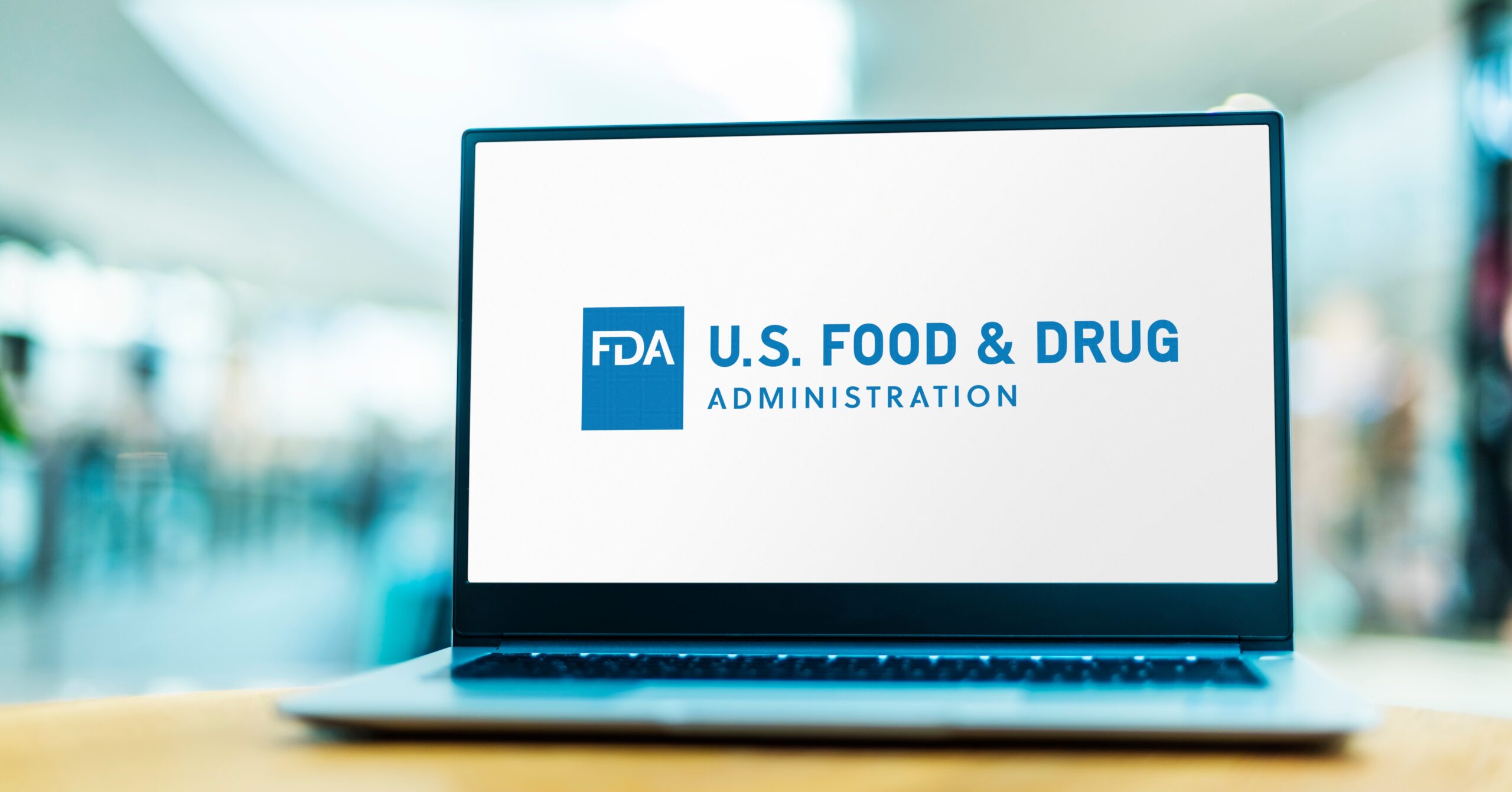FDA recently released a draft guidance document covering use-related risk analyses (URRAs) in the context of combination products. More specifically, it covers the purpose of creating a URRA and what one should include when developing a drug- or biologic-led combination product and when submitting a marketing application.
Purpose of URRAs
When developing a combination product:
A URRA is a valuable risk analysis tool that helps identify potential hazards related to product use and evaluates measures to mitigate those risks. It plays a key role in the human factors engineering process and should be incorporated into overall risk management practices.
When submitting a marketing application:
This draft guidance document explains how a URRA can assist in deciding if human factors (HF) study results are needed. It also helps when identifying HF data requirements for drug- and biologic-led combination product marketing applications, including:
- Investigational new drug application (IND)
- New drug application (NDA)
- Biologics license application (BLA)
What URRAs should include
A URRA should consider all of the intended uses, potential users, and the likely use environments of the product, and should include the following 5 categories of information:
1. A comprehensive list of all tasks required for the use of the product
This should include user tasks (related to physical use of the product) and knowledge tasks* (that assess information provided by labeling). Physical tasks and knowledge tasks can be identified by conducting a task analysis or contextual inquiry.
*FDA has specifically noted the consideration of “knowledge tasks” in URRAs for the first time in this draft guidance document. It is important to emphasize that the physical tasks of a product only represent a subset of possible use-related risks. Users understanding important information represents a different (related) subset.
2. The potential use errors and harms that may occur with those tasks
The use errors should include errors that are “reasonably expected” and any potential misuse that could happen as well. These can be identified through methods like failure modes and effects analysis (FMEA), fault tree analysis, or by researching similar currently marketed products in the postmarket safety database.
It’s also important to consider the potential harm and clinical impact of each error and the impact for both one-time and repeated errors.
3. A determination of whether each task is a critical task
A URRA should categorize each task as either critical or non-critical. For combination products, “critical tasks are user tasks which, if performed incorrectly or not performed at all, would or could cause harm to the patient or user, where harm is defined to include compromised medical care. Compromised medical care includes consideration of medication errors.”
4. Risk controls employed in the user interface design to mitigate the use errors
Each potential use error should have one or more associated risk controls in place to reduce the likelihood of that error occurring.
FDA also notes that these risk controls should occur in the following order of priority, taken from ISO 14971:
- Inherently safe design and manufacture
- Protective measures in the product itself
- Information for safety (such as labels and labeling) and, where appropriate, training
5. Evaluation methods that have been used (or will be used) to evaluate the effectiveness of the risk controls.
This should include details about how the risk controls have been or will be evaluated as part of a human factors validation study protocol.
What else do I need to know?
The rest of the draft guidance document provides helpful information on the process for submitting the URRA to FDA. It includes examples of when a URRA can be useful in determining which HF study results need to be submitted. URRAs can also be used as justification for not needing to submit HF study results to support a marketing application.
FDA may determine that the result of an HF validation study do not need to be submitted in the marketing application of the combination product after receiving a URRA from the sponsor if:
- Intended users frequently perform the critical and non-critical tasks required to use the combination product.
- The results of a detailed comparative analysis for a combination product under development and a currently marketed product reveal differences that are unlikely to impact critical tasks AND use errors associated with the differences will not result in differing harms or clinical impact.
Notably, as part of these examples, FDA suggests that HF validation study results may not be necessary when healthcare professionals (HCPs) already have extensive experience using similar prefilled syringes. In specific instances, this approach has been discussed among the industry, and it is useful to see FDA acknowledge the feasibility of the approach, given certain circumstances.
Conclusion
FDA has provided a fair amount of information on use-related risk analyses in the past. Nonetheless, it is interesting and helpful to see the Agency provide further detail on how it would like to see URRAs done. Very little “new” information was unveiled in this draft guidance document. However, it will undoubtedly be a prescriptive guide for HF professionals and newcomers to HF in medical device development alike.
Contact us to learn more about medical device design and how we can assist your human factors needs.




